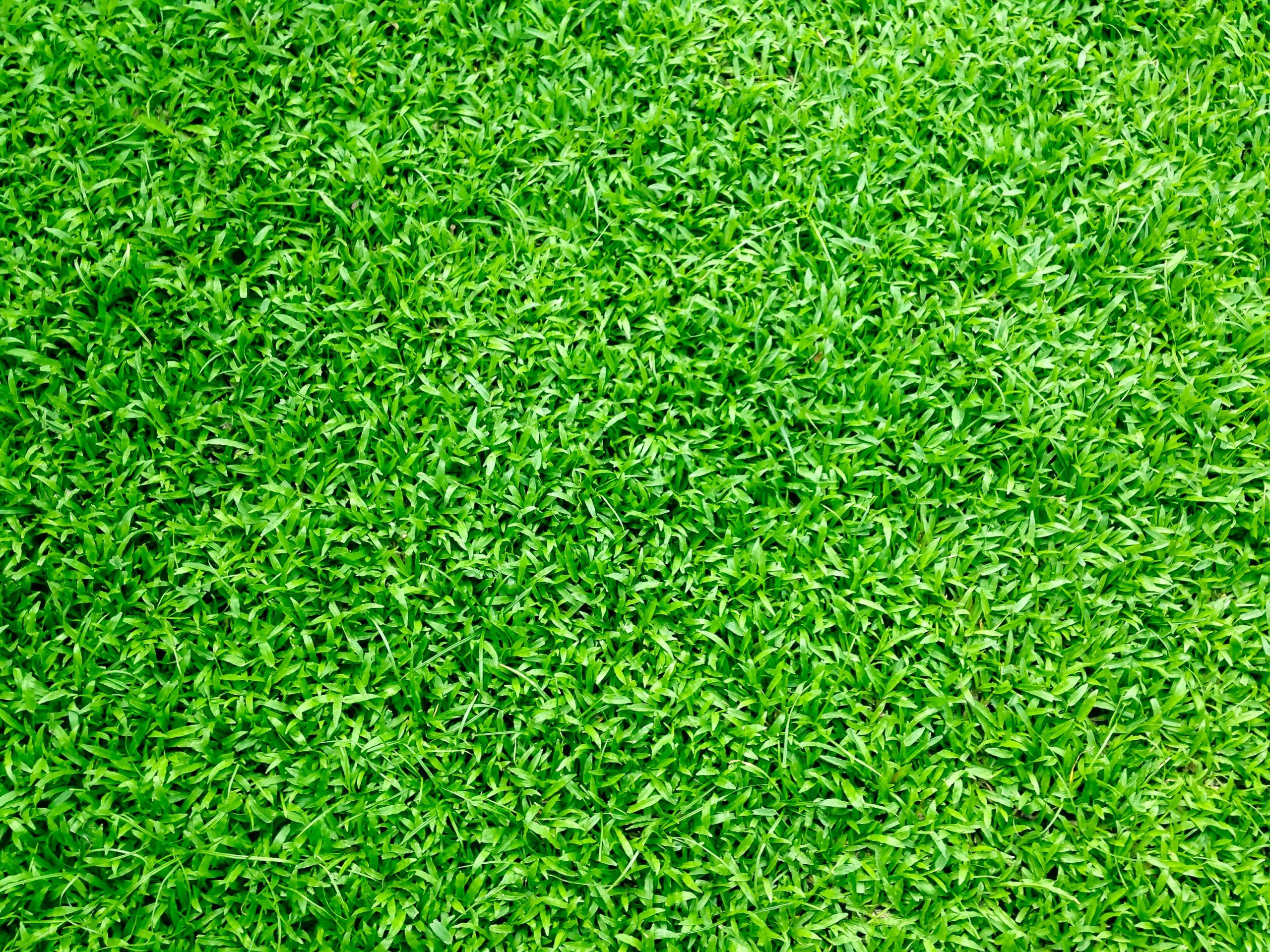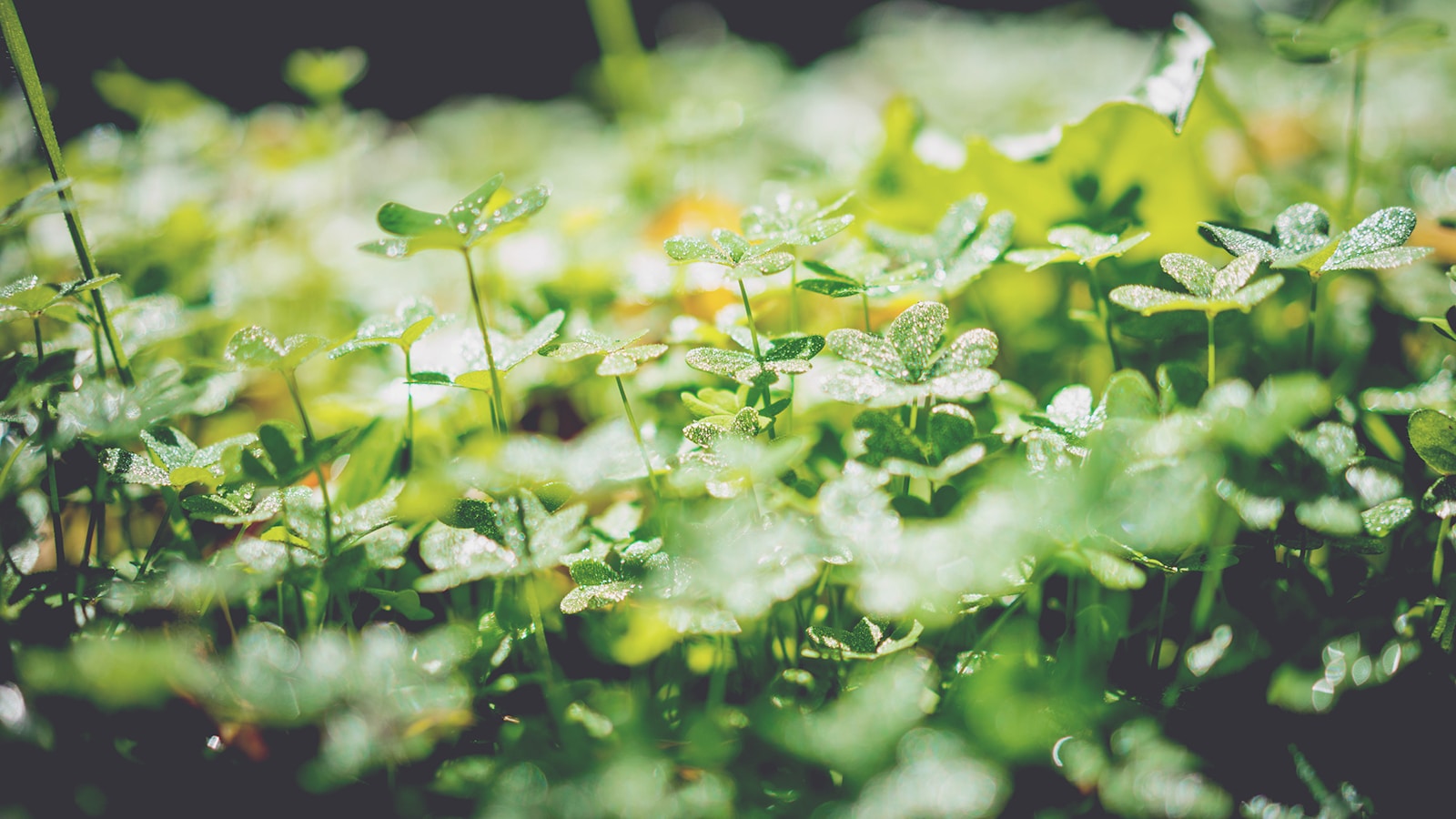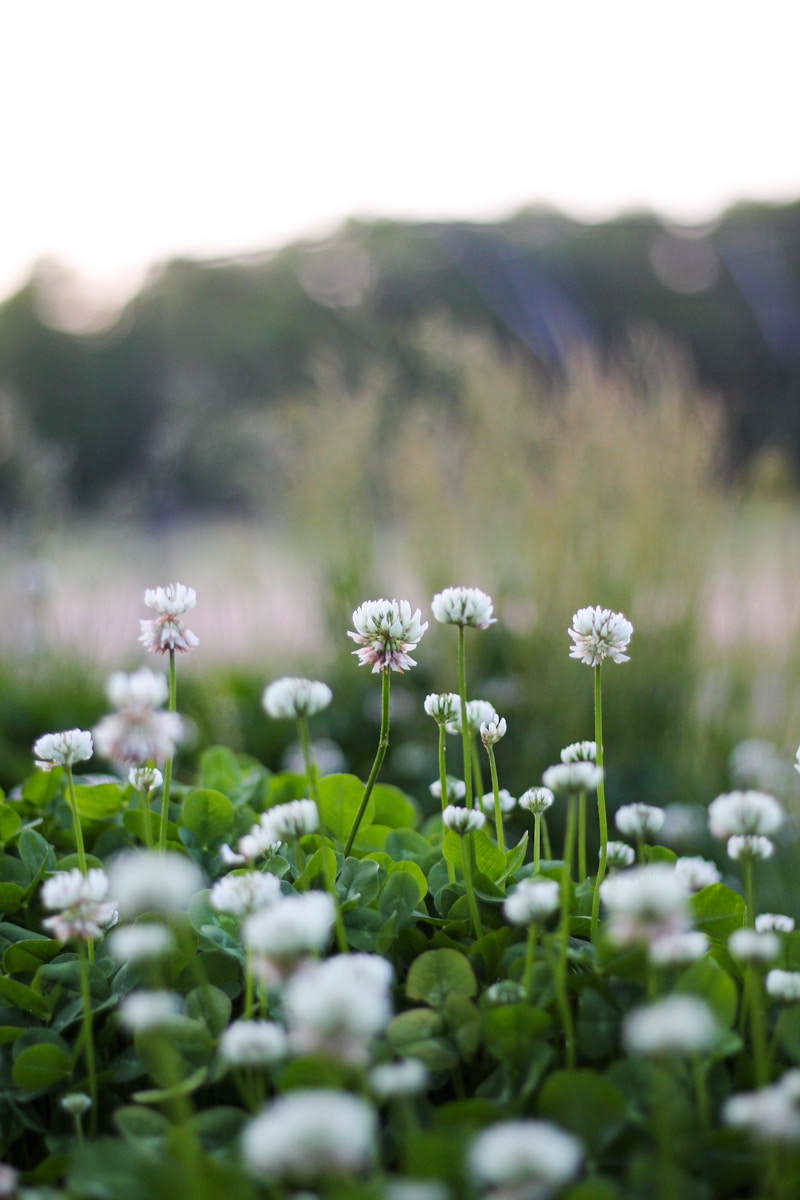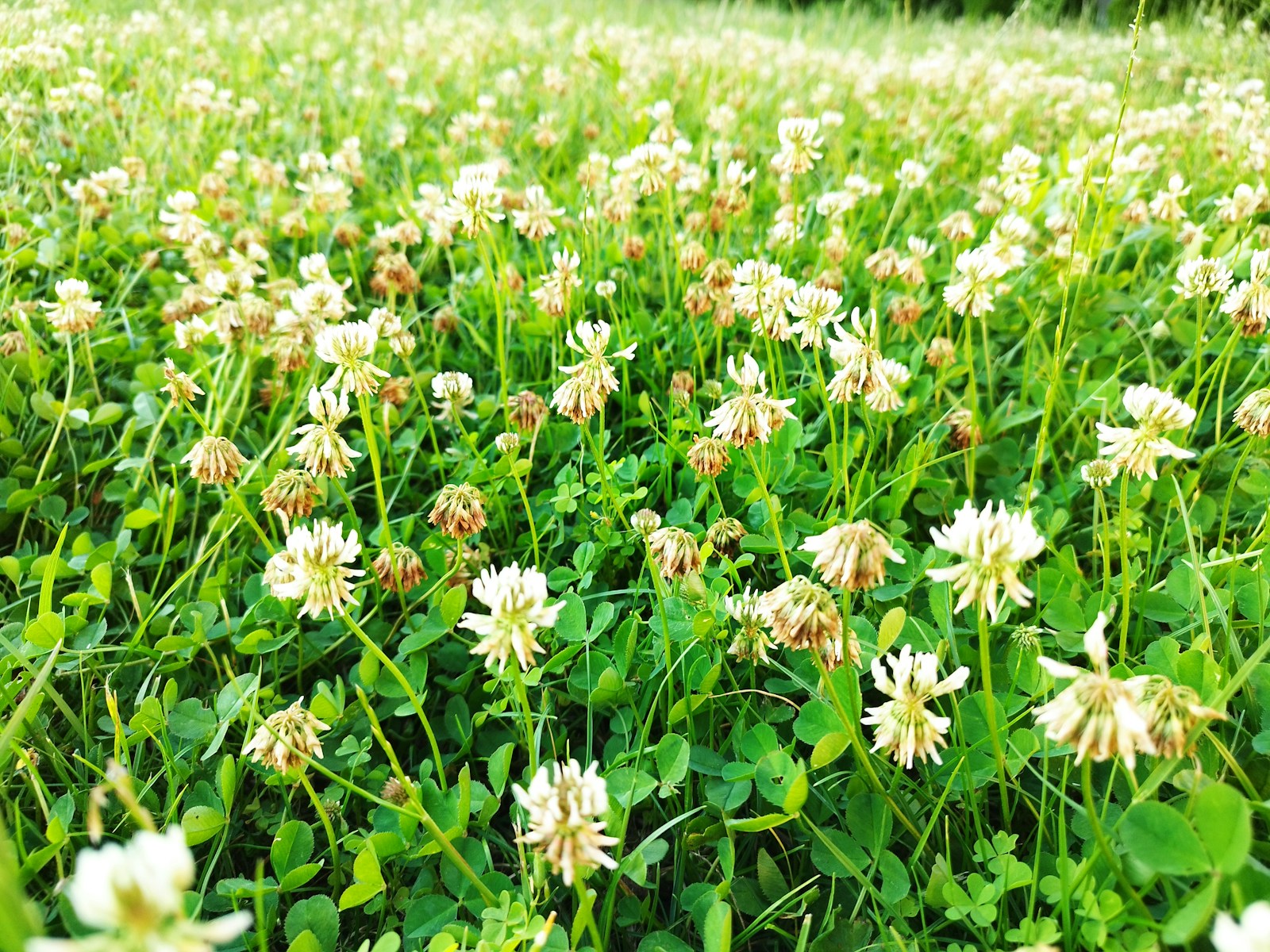Artificial turf has become a popular option for homeowners looking to create a lush, green backyard without the hassle of maintaining natural grass. Whether you’re considering it for its aesthetic appeal, durability, or low maintenance, artificial turf has its own set of advantages and drawbacks. This article explores the pros and cons of artificial turf to help you decide if it’s the right choice for your backyard.
What is Artificial Turf?
Artificial turf is a synthetic surface made to mimic the appearance and texture of natural grass. It’s commonly used in residential landscaping, sports fields, and commercial properties. Modern artificial turf is designed to be durable, low-maintenance, and visually appealing.
The Pros of Artificial Turf
1. Low Maintenance
Artificial turf eliminates the need for mowing, fertilizing, and watering, saving you time and money on lawn care. Once installed, it requires minimal upkeep—just occasional cleaning and brushing to keep it looking fresh.
2. Water Conservation
In areas prone to drought or with water restrictions, artificial turf is an eco-friendly solution. Since it doesn’t require watering, it significantly reduces your water usage.
3. Durability and Longevity
High-quality artificial turf can withstand heavy foot traffic, pets, and weather extremes without becoming worn or patchy. Many products come with warranties of 10 years or more.
4. Aesthetic Appeal
Artificial turf maintains its green color and manicured appearance year-round, providing a consistently beautiful backyard.
5. Pet and Kid-Friendly
Synthetic turf is designed to be soft and safe for children and pets to play on. It’s also resistant to stains and odors, making it a practical choice for families.
6. Customization Options
Artificial turf is available in various styles, shades, and textures, allowing you to choose a product that suits your preferences and complements your landscaping.
The Cons of Artificial Turf
1. High Initial Cost
The upfront cost of installing artificial turf can be significant, ranging from $5 to $20 per square foot, depending on the quality and installation process. However, the long-term savings on maintenance may offset this expense.
2. Heat Retention
Artificial turf tends to retain heat, becoming hot to the touch on sunny days. This can make it uncomfortable for children, pets, and bare feet.
3. Limited Lifespan
Although durable, artificial turf will eventually wear out and need replacement, particularly in areas with heavy use. Over time, it may also flatten and lose its lush appearance.
4. Environmental Concerns
While artificial turf conserves water, its production involves synthetic materials that aren’t biodegradable. Additionally, when it reaches the end of its lifespan, disposal can be challenging.
5. Lack of Natural Benefits
Artificial turf doesn’t provide the same environmental benefits as natural grass, such as cooling the air, absorbing carbon dioxide, and supporting biodiversity.
6. Installation Challenges
Proper installation requires expertise and preparation, including removing existing grass, leveling the ground, and installing a drainage system. Hiring professionals increases the overall cost.
Is Artificial Turf Right for Your Backyard?
When deciding whether to install artificial turf, consider the following factors:
- Climate: Artificial turf is ideal for regions with extreme heat, drought, or water restrictions where maintaining natural grass is difficult.
- Budget: While the initial cost is high, the long-term savings on water and maintenance might make it worthwhile.
- Intended Use: If you have children, pets, or plan to use your backyard for entertaining, artificial turf’s durability and easy maintenance may be appealing.
- Environmental Values: Weigh the environmental trade-offs between conserving water and the production of synthetic materials.
FAQs About Artificial Turf
1. How long does artificial turf last?
With proper care and maintenance, artificial turf can last 10-20 years, depending on the quality and level of use.
2. Can artificial turf handle heavy rain?
Yes, most artificial turf systems include a drainage layer that allows water to pass through, preventing pooling or flooding.
3. Is artificial turf safe for pets?
Absolutely. High-quality artificial turf is non-toxic, easy to clean, and resistant to stains and odors caused by pets.
Final Thoughts
Artificial turf offers a low-maintenance, aesthetically pleasing alternative to natural grass, making it a popular choice for backyards. While it has its drawbacks, such as high installation costs and heat retention, its durability and water-saving benefits often outweigh these concerns.
Whether you’re prioritizing convenience, aesthetics, or sustainability, artificial turf could be the perfect solution for your outdoor space.
Ready to transform your backyard? Explore your options today and enjoy the benefits of a beautiful, hassle-free lawn!



